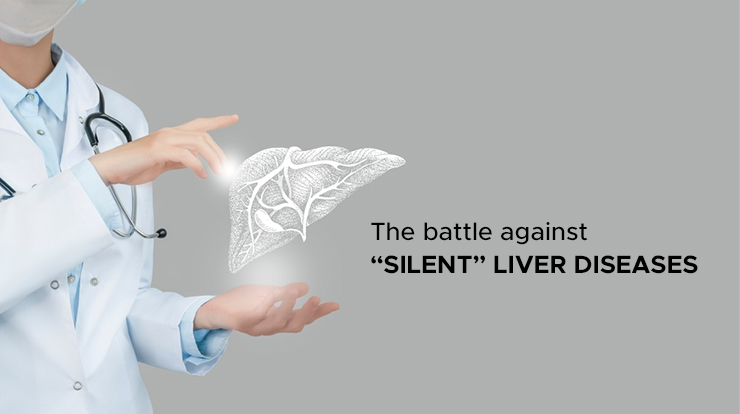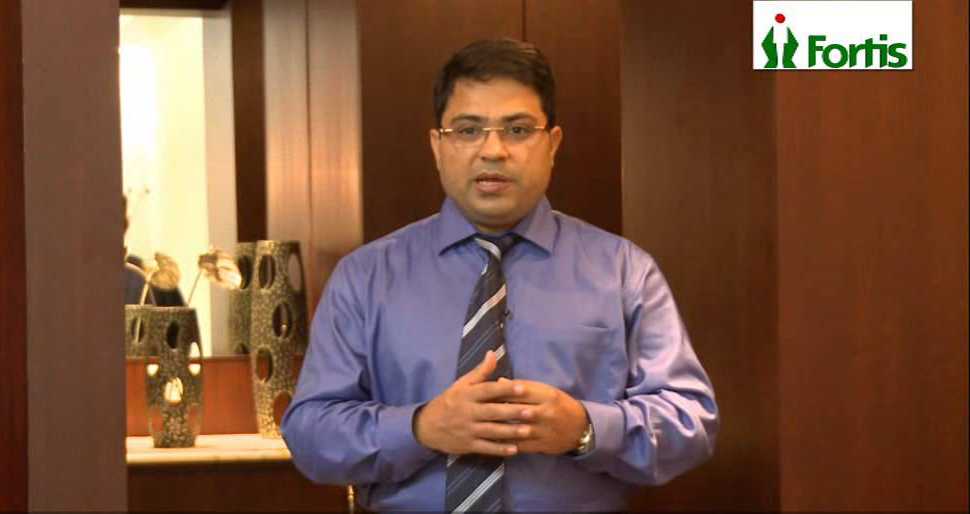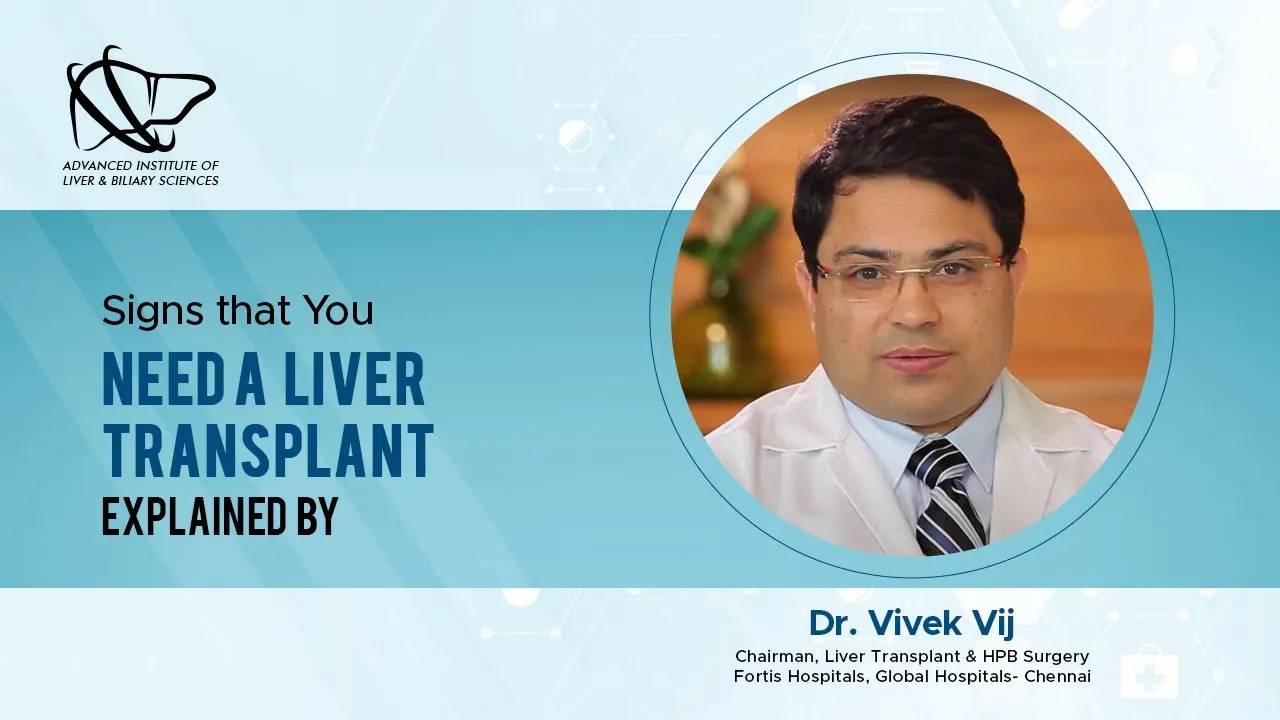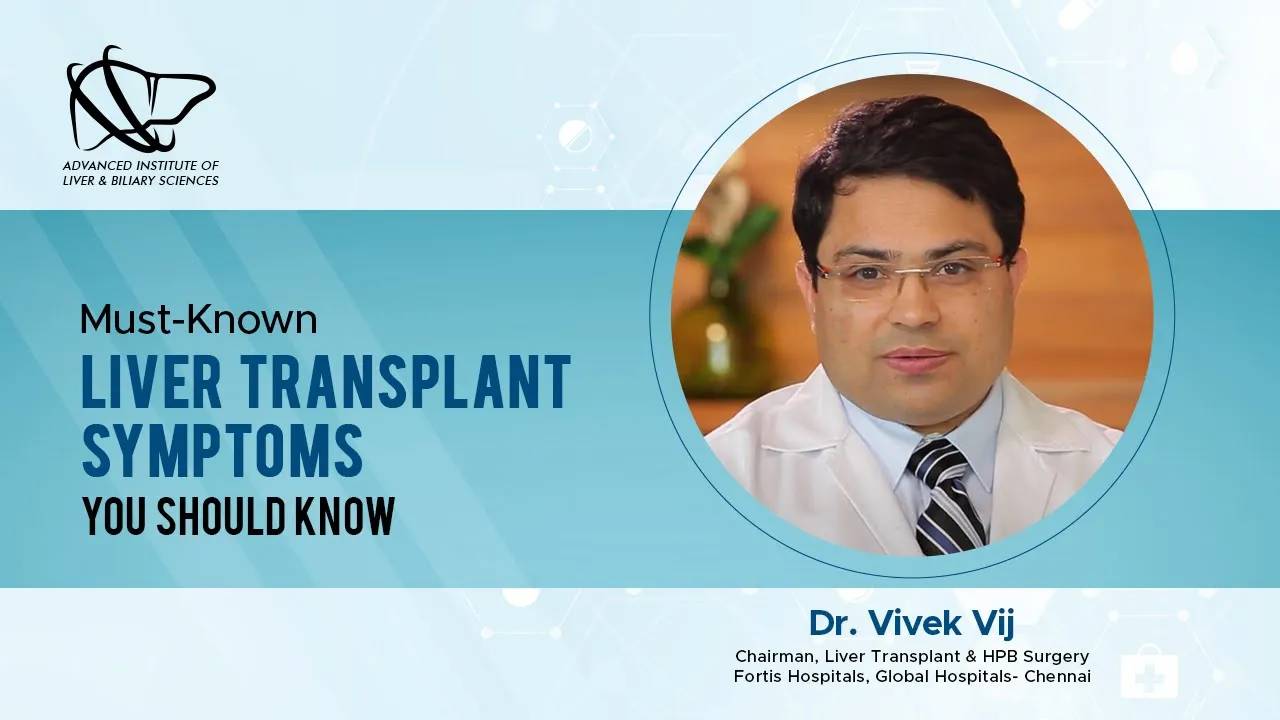
The liver is a large meaty organ seated in the upper right abdominal area. Being the biggest, it is one of the essential organs of our body, responsible for performing over 500 functions every day. It is divided into a bigger right, and a smaller left portion. It weighs almost 300 grams and is seated over a small sac-like organ known as a gallbladder. From digestion to filtration, detoxifications, protein production, vitamin supply, and metabolizing drugs are some of the liver’s main functions daily. But have you ever thought about what will happen if the liver fails to perform some of these functions or does not function at all? Our survival will be at stake if it starts dysfunctions. Many life-threatening diseases and situations arise in patients with silent liver cirrhosis or end-stage liver diseases where a liver fails to function properly. The most frightening part is that the symptoms usually go unnoticed even when a liver failure occurs. Liver diseases usually manifest their symptoms at a very later stage. The ball has already left our court until a person is detected with jaundice. The disease has transformed into its severe form.
These are two main causes of liver cirrhosis, alcoholic and non-alcoholic fatty liver diseases.
Non-alcoholic fatty liver disease is an umbrella term for various liver conditions, usually occurring due to the accumulation of fat in the liver. Apart from the alcoholic fatty liver disease, it is a severe form of non-alcoholic steatohepatitis known as NASH, which affects almost 6-8% population all over the world. Liver cirrhosis is usually marked as the last stage of alcoholic and non-alcoholic fatty liver diseases. Inflammation of the liver cells and tissue damage ultimately leads to liver scarring and fibrosis, leading to liver cirrhosis and hepatocellular carcinoma.
The most common symptom for detection of liver cirrhosis is jaundice. But when the jaundice symptoms start to manifest, the disease has already reached its later stages. Initially, when the liver function starts to decline, our body feels sluggish, the patient starts to feel tired, more frequent fatigue episodes, loss of weight, and loss of appetite. In addition to these factors, body ache, abdominal swelling, swollen legs, frequent nose bleeding, and hand tremors are evident in severe cases. Sometimes, some physical changes are also evident such as skin pigmentation, irregular yellow patches on the skin, clubbed fingers, fever, and bleeding ulcers. If any of these symptoms are evident and are frequently noticed, the patient should consult a doctor at the earliest. It can save them from many life-threatening situations.
Mostly non-alcoholic fatty liver disease is evident in obese patients. Type 2 diabetes and obesity are the most common risk factors that often lead to these end-stage stage liver diseases. Some metabolic diseases and genetic predispositions can also lead to liver cirrhosis. One of the major causes of death in these fatty liver patients is heart attacks and non-liver-related cancers. It needs to be detected. Regular checkups and follow-ups, a manifestation of any unusual signs and symptoms, often keeps the patient’s life safe.
These are two main causes of liver cirrhosis, alcoholic and non-alcoholic fatty liver diseases.
Non-alcoholic fatty liver disease is an umbrella term for various liver conditions, usually occurring due to the accumulation of fat in the liver. Apart from the alcoholic fatty liver disease, it is a severe form of non-alcoholic steatohepatitis known as NASH, which affects almost 6-8% population all over the world. Liver cirrhosis is usually marked as the last stage of alcoholic and non-alcoholic fatty liver diseases. Inflammation of the liver cells and tissue damage ultimately leads to liver scarring and fibrosis, leading to liver cirrhosis and hepatocellular carcinoma.
The most common symptom for the detection of liver cirrhosis is jaundice. But when the jaundice symptoms start to manifest, the disease has already reached its later stages. Initially, when the liver function starts to decline, our body feels sluggish, the patient starts to feel tired, more frequent fatigue episodes, loss of weight, and loss of appetite. In addition to these factors, body ache, abdominal swelling, swollen legs, frequent nose bleeding, and hand tremors are evident in severe cases. Sometimes, some physical changes are also evident such as skin pigmentation, irregular yellow patches on the skin, clubbed fingers, fever, and bleeding ulcers. If any of these symptoms are evident and are frequently noticed, the patient should consult a doctor at the earliest. It can save them from many life-threatening situations.
Mostly non-alcoholic fatty liver disease is evident in obese patients. Type 2 diabetes and obesity are the most common risk factors that often lead to these end-stage stage liver diseases. Some metabolic diseases and genetic predispositions can also lead to liver cirrhosis. One of the major causes of death in these fatty liver patients is heart attacks and non-liver-related cancers. It needs to be detected. Regular checkups and follow-ups, a manifestation of any unusual signs and symptoms, often keeps the patient’s life safe.
The first and foremost thing that can be done to reduce the risk of fatty liver diseases is abstinence from alcohol if you have an excess of alcohol and lose weight by making healthy food choices. Other than this, limiting portion sizes and being physically active can significantly reduce the risk factors. Reducing 3 to 5 percent of your body weight can reduce the fat in the liver. Reducing almost 7 to 10 percent of your body weight reduces liver inflammation and fibrosis. So do not hesitate and keep yourself healthy and fit.
Get in touch with Dr.vivek vij he is the best Liver Transplant Surgeon in india and provide treatment with best Cost of Liver Transplant in india.


